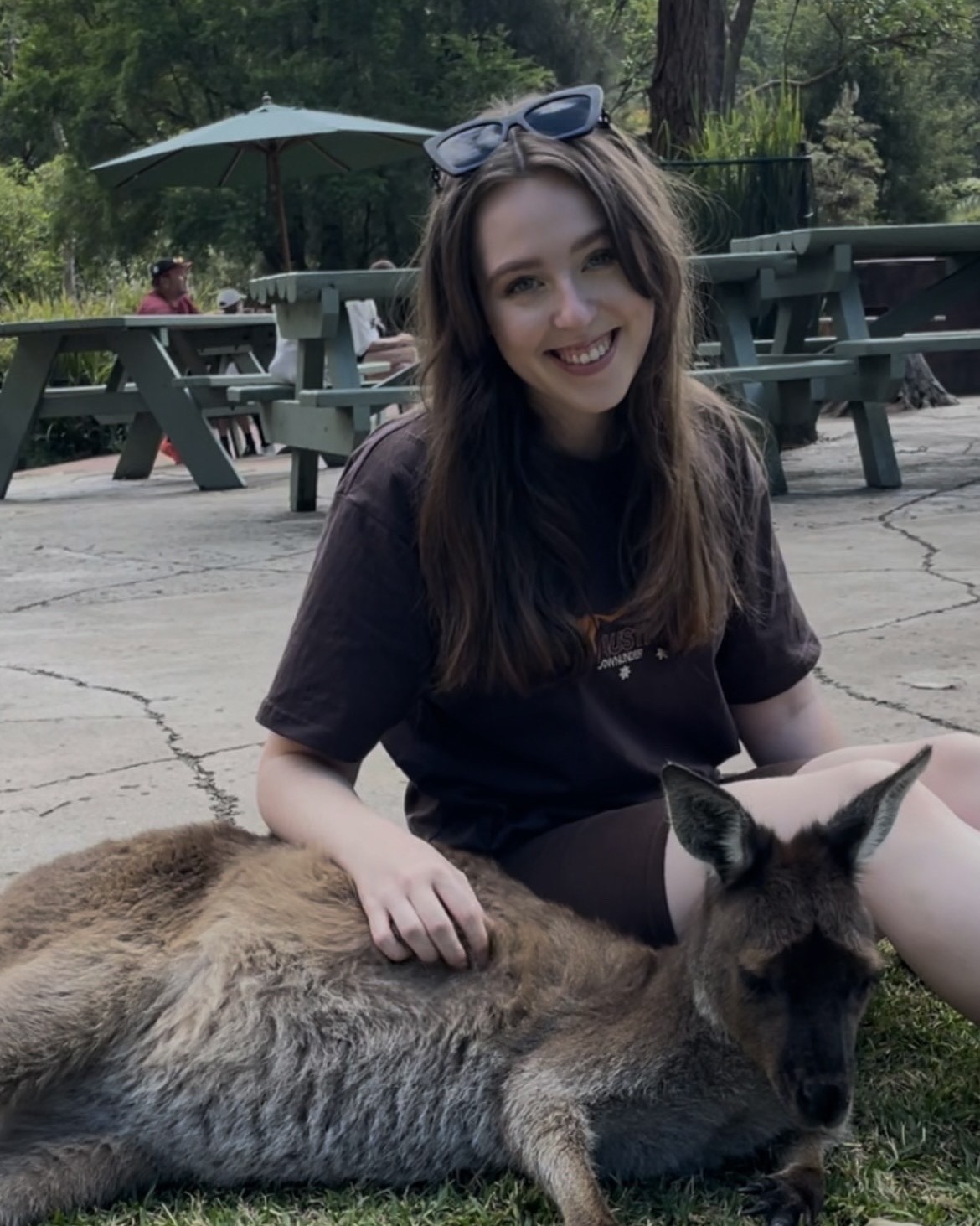
The Gerlos Alpine Road, located directly in the Hohe Tauern National Park and nature reserve, is a two-lane road approximately 12 km long that is subject to a route-specific toll (special toll road). It is located about 100 km east of Innsbruck (take the E45 south, then the 169, which becomes the 165 at Zell am Ziller).
If you have a National Park Summer Card or a Salzburg SuperSkiCard, you can drive the Gerlos Alpine Road free of charge.
Besides, the Gerlos Alpine Road also connects the towns of Königsleiten and Wald im Pinzgau in addition to the 165. Overall, the Gerlos Alpine Road is about 20 km long. The maximum gradient is 9%, and the speed limit is 70 km/h. The road is open not only to cars and motorcycles but also to trucks, which means heavy traffic during holidays should be expected. The road was designed in 1949 by Franz Wallack, who also designed the Grossglockner High Alpine Road. Construction took place between 1960 and 1962, and the road has been in continuous use since 1964. Wallack’s unique design makes the road blend so well with the surrounding landscape that it appears to have always been part of it. The Krimml Waterfalls, a true scenic highlight, can be admired from any of the roadside parking areas.
In addition to the Krimml Waterfalls, the Gerlos Alpine Road runs through the popular holiday region of the Zillertal Arena. In summer, travelers can enjoy up to 400 km of hiking trails leading to various guesthouses in the Hohe Tauern mountains.
In winter, the area transforms into one of Austria’s most popular ski regions and becomes part of the world’s largest ski valley. The combination of scenic drive, hiking, skiing, hotels, restaurants, and the Krimml Waterfalls makes the Gerlos Alpine Road — formerly a cart path — one of the most visited panoramic roads in Austria.
On the western side of the area, much of the view is obscured by forest, though it features many well-developed curves. On the eastern side, the spectacular Krimml Waterfalls can be found. The best time to travel the Gerlos Alpine Road is undoubtedly between May and October.
At the mountain pass summit, you can observe rare high-altitude moorlands — acidic, wet habitats that are nearly extinct. These moors are entirely rain-fed yet withstand extreme environmental conditions.
Yes, the Gerlos Alpine Road can be bypassed by using the Gerlosstraße. However, it is very narrow in many places and not in great condition. On the other hand, using the Gerlosstraße is free of charge.
